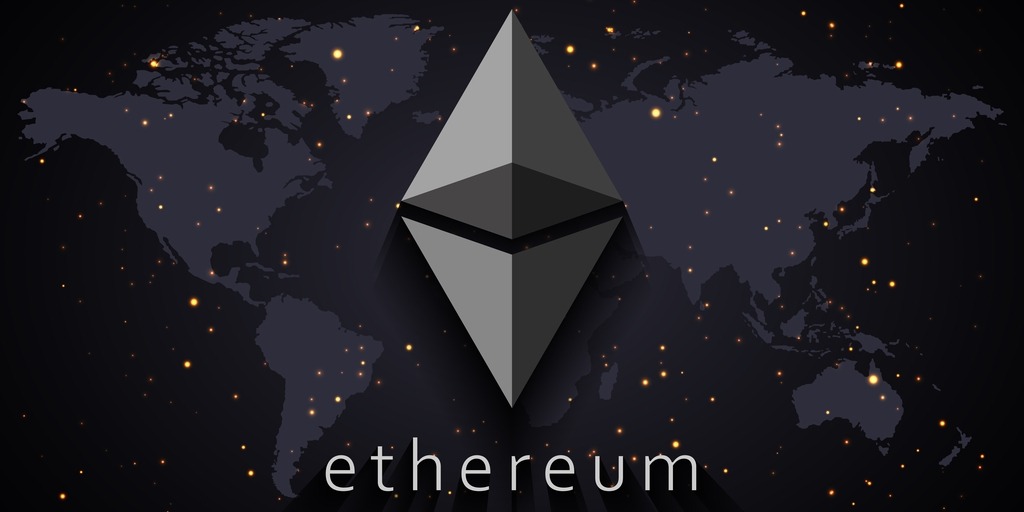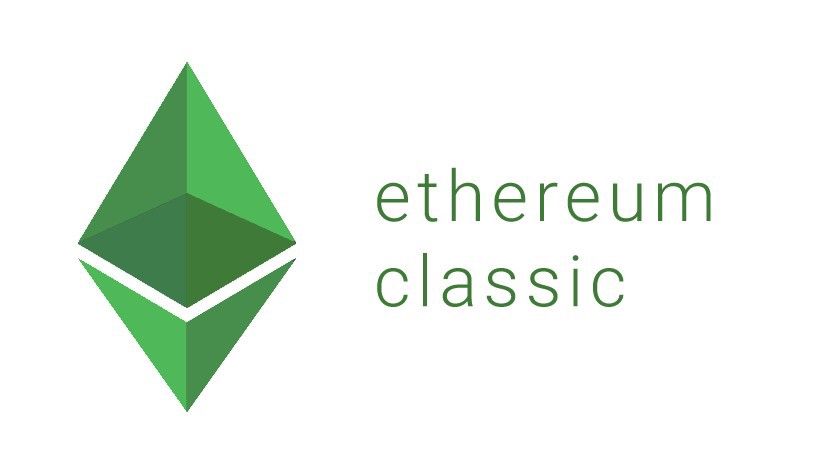Ethereum Staking: Ethereum’s Recent Price Surge and Amazing Staking Opportunities In 2025
Ethereum, the world’s second-largest cryptocurrency by market capitalization, has undergone significant transformations in recent years. From the highly anticipated Ethereum 2.0 upgrade to the shift from Proof of Work (PoW) to Proof of Stake (PoS), these advancements have reshaped the blockchain landscape. Amid these developments, Ethereum’s price has seen notable surges, reflecting both market optimism and growing adoption. This article delves into Ethereum’s recent price rally, explores the mechanics and benefits of staking, and highlights the opportunities it presents for investors.
Key Highlights
- Ethereum’s price recently surged, influenced by increased adoption and reduced token supply after the Merge.
- Staking offers lucrative rewards, making it an attractive option for long-term holders.
- Various platforms now offer simplified Ethereum staking services.
- Potential risks, including market volatility and staking lock-up periods, need careful consideration.
Understanding Ethereum’s Recent Price Surge
Ethereum’s price has been influenced by several key factors, including:
1. The Merge and its Impact
The transition to Ethereum 2.0, finalized in September 2022 through the Merge, marked a significant shift. By replacing PoW with PoS, Ethereum drastically reduced its energy consumption, making the network more sustainable and appealing to environmentally conscious investors. Additionally, the staking mechanism reduced the circulating supply of ETH, contributing to upward price pressure.
2. Increased Institutional Adoption
Ethereum’s capabilities as a blockchain for decentralized finance (DeFi) and non-fungible tokens (NFTs) have garnered institutional interest. Major financial entities have started integrating Ethereum-based solutions into their operations, further boosting demand and price.
3. Post-Merge Deflationary Effects
The introduction of Ethereum Improvement Proposal (EIP) 1559 and subsequent burning of transaction fees have made ETH a deflationary asset. With fewer tokens entering circulation, scarcity has driven up prices, especially during periods of high network activity.
4. Market Sentiment
Market sentiment surrounding Ethereum remains optimistic due to its dominance in the blockchain ecosystem. Speculation about upcoming upgrades and increasing adoption across industries also fuels price growth.
How Ethereum Staking Works?
Ethereum staking allows users to earn rewards by participating in the network’s PoS consensus mechanism. Here’s an overview of the process:
1. Becoming a Validator
To stake Ethereum, participants must lock up a minimum of 32 ETH to become a validator. Validators play a crucial role in verifying transactions and maintaining the network’s security.
2. Delegated Staking
For those who don’t possess 32 ETH, staking pools and platforms like Lido and Coinbase enable smaller-scale investors to pool their ETH and earn proportional rewards.
3. Reward Mechanism
Validators earn rewards for proposing and attesting to new blocks. These rewards are distributed in ETH and vary based on the total amount of ETH staked on the network.
4. Lock-Up Period
ETH staked directly on the Ethereum network is subject to lock-up periods, meaning it cannot be withdrawn immediately. However, liquid staking solutions allow users to stake ETH while retaining liquidity through derivative tokens.
Opportunities in Ethereum Staking
1. Passive Income Generation
Staking offers a reliable way to earn passive income. With annual percentage yields (APY) ranging from 4% to 7% depending on network conditions, staking can be a lucrative option for long-term ETH holders.
2. Contribution to Network Security
Staking not only rewards participants but also strengthens the Ethereum network. By decentralizing and securing the blockchain, stakers play a pivotal role in the ecosystem’s success.
3. Accessibility Through Staking Services
Platforms like Kraken, Binance, and Lido have made staking more accessible. These services cater to users with smaller holdings and simplify the staking process, removing technical barriers.
4. Hedge Against Inflation
Staking provides a hedge against inflation by generating returns that can outpace traditional savings accounts, especially in low-interest economic environments.
Risks Associated with Ethereum Staking
1. Market Volatility
Ethereum’s price remains subject to market volatility, which can impact the overall value of staked assets. A significant price drop may outweigh staking rewards.
2. Staking Lock-Up Periods
Validators and participants using direct staking face lock-up periods, limiting liquidity. This can pose challenges for investors needing immediate access to their funds.
3. Slashing Risks
Validators who fail to perform their duties or engage in malicious activities risk penalties or slashing, leading to a loss of staked ETH.
4. Centralization Concerns
The popularity of staking platforms and pools has raised concerns about centralization, as a few large entities control a significant portion of staked ETH. This could undermine the decentralized ethos of Ethereum.
The Role of Liquid Staking
Liquid staking has emerged as a solution to the challenges posed by traditional staking. It allows participants to stake ETH while maintaining liquidity through tokenized derivatives like stETH (Lido) or rETH (Rocket Pool). These derivatives can be traded or used in DeFi applications, adding flexibility and enhancing earning potential.
Ethereum’s Staking Ecosystem
1. Staking Platforms
Popular platforms like Binance, Coinbase, and Kraken offer user-friendly staking services. These platforms handle the technical aspects, allowing participants to earn rewards without directly operating validators.
2. Staking Pools
Staking pools like Lido and Rocket Pool enable collective staking. Users can stake smaller amounts of ETH and share rewards proportionally.
3. DeFi Integration
Staking derivatives have opened up new opportunities in DeFi. Users can leverage these tokens in yield farming, lending, or as collateral, creating additional revenue streams.
Historical Perspective on Ethereum’s Price Trends
Ethereum’s price trajectory has been marked by significant highs and lows since its inception in 2015. Initially valued at less than $1, Ethereum reached its first milestone of $1,000 during the 2017 crypto bull run, fueled by the ICO boom and widespread adoption of smart contracts.
The 2021 bull market brought Ethereum to new heights, surpassing $4,000 as DeFi and NFTs gained massive traction. However, the subsequent market corrections saw its price drop sharply, mirroring the volatility of the broader crypto market. In 2023 and 2024, Ethereum’s price surged again, driven by the Merge, deflationary tokenomics, and increased institutional adoption. The consistent recovery and resilience in the face of market fluctuations highlight Ethereum’s strong position in the crypto space.
Comparison of Ethereum Staking with Other Cryptocurrencies
Ethereum’s staking mechanism stands out due to its robust infrastructure and widespread adoption. Unlike staking smaller coins with limited utility, Ethereum combines staking rewards with the ability to leverage its tokens across DeFi ecosystems.
In comparison, networks like Cardano, Solana, and Avalanche also offer staking opportunities but differ in terms of APY, lock-up periods, and decentralization levels. For instance, Cardano’s staking mechanism has no lock-up period, offering greater flexibility, while Solana provides higher APYs but is criticized for centralization risks. Ethereum strikes a balance by offering moderate rewards and high utility, making it the preferred choice for many investors.
Detailed Explanation of How Rewards Are Calculated
Ethereum staking rewards depend on several variables, including the total amount of ETH staked, network participation rates, and the performance of individual validators.
Validators earn rewards for proposing, attesting to, and finalizing blocks. When fewer ETH are staked, rewards per validator increase to incentivize more participation. Conversely, as staking participation rises, the rewards per validator decrease but remain proportional to the stake.
In practical terms, a validator staking 32 ETH can expect annual rewards ranging from 4% to 7%, depending on network activity and inflationary adjustments. Liquid staking platforms calculate rewards based on pooled ETH, offering proportionate returns minus service fees.
Insights into the Environmental Benefits of PoS
The shift from PoW to PoS in Ethereum has drastically reduced its environmental impact. PoW required high-energy computational power, often criticized for its carbon footprint. With PoS, validators replace miners, and consensus is achieved without intensive energy consumption.
Ethereum’s transition to PoS reduced its energy usage by approximately 99.95%, aligning with global sustainability goals. This move not only enhances its appeal to eco-conscious investors but also sets a precedent for other blockchains to adopt greener technologies. As concerns over climate change grow, Ethereum’s energy-efficient model solidifies its position as a forward-thinking blockchain.
Case Studies of Staking Success Stories
Ethereum staking has already yielded success for early adopters and institutional players. For example, major DeFi protocols like Lido have accumulated billions of dollars in staked ETH, distributing consistent rewards to users.
Another success story comes from individual investors who staked ETH before the Merge. Despite market volatility, these stakers have earned steady rewards, with the appreciation of ETH further boosting their returns.
Institutional entities, including major crypto exchanges, have also capitalized on staking services, generating significant revenue from staking fees while providing value to retail investors. These examples illustrate the profitability and widespread adoption of Ethereum staking.
Future Predictions and Analyst Opinions
Industry experts predict that Ethereum staking will continue to grow as adoption increases. With upgrades like sharding on the horizon, Ethereum’s scalability will improve, attracting more users and validators. Analysts also anticipate that staking APYs may stabilize around 4% to 5% as more ETH is locked into the network.
Moreover, the deflationary nature of ETH, coupled with staking, is expected to sustain upward price momentum. Some analysts forecast Ethereum’s price could reach new all-time highs within the next market cycle, driven by increasing utility and reduced supply.
However, challenges such as regulatory scrutiny and competition from emerging blockchains remain key considerations for Ethereum’s future trajectory.
The Road Ahead
Ethereum’s staking ecosystem is poised for growth as adoption increases and infrastructure improves. Upcoming network upgrades, such as sharding, promise to enhance scalability and attract more users to the blockchain. With staking offering a compelling mix of rewards and ecosystem participation, Ethereum remains a dominant force in the cryptocurrency landscape.
However, stakeholders must address challenges like centralization risks and ensure broader participation in staking to maintain Ethereum’s decentralized nature. Collaboration between developers, platforms, and users will be crucial in shaping Ethereum’s future.
Also, read – Ethereum Staking Rewards After the Merge: Amazing Things to Expect in 2024
Conclusion
Ethereum staking represents a significant milestone in the blockchain’s evolution, providing an avenue for passive income while enhancing network security. Recent price surges have further underscored Ethereum’s potential as a leading cryptocurrency. By understanding staking opportunities and associated risks, investors can strategically position themselves in this growing ecosystem.
As Ethereum continues to innovate and expand its use cases, the staking landscape is set to evolve, offering even greater potential for rewards and network involvement. For those looking to be part of Ethereum’s transformative journey, staking presents a promising gateway to participation and growth.
Stay informed with daily updates from Blockchain Magazine on Google News. Click here to follow us and mark as favorite: [Blockchain Magazine on Google News].
Get Blockchain Insights In Inbox
Stay ahead of the curve with expert analysis and market updates.
latest from tech
Disclaimer: Any post shared by a third-party agency are sponsored and Blockchain Magazine has no views on any such posts. The views and opinions expressed in this post are those of the clients and do not necessarily reflect the official policy or position of Blockchain Magazine. The information provided in this post is for informational purposes only and should not be considered as financial, investment, or professional advice. Blockchain Magazine does not endorse or promote any specific products, services, or companies mentioned in this posts. Readers are encouraged to conduct their own research and consult with a qualified professional before making any financial decisions. The featured image used is just a creative depiction of the title and it does not intend to hurt sentiments of any person or institution. If it hurts anyone sentiments, please do not hesitate to reach out to Blockchain Magazine.

 Bitcoin
Bitcoin  Ethereum
Ethereum  XRP
XRP  Tether
Tether  Solana
Solana  USDC
USDC  Dogecoin
Dogecoin  Cardano
Cardano  Lido Staked Ether
Lido Staked Ether  TRON
TRON  Wrapped Bitcoin
Wrapped Bitcoin  Wrapped stETH
Wrapped stETH  Chainlink
Chainlink  Avalanche
Avalanche  Sui
Sui  Stellar
Stellar  Litecoin
Litecoin  Toncoin
Toncoin  Shiba Inu
Shiba Inu  Hedera
Hedera  LEO Token
LEO Token  MANTRA
MANTRA  USDS
USDS  Hyperliquid
Hyperliquid  WETH
WETH  Polkadot
Polkadot  Bitcoin Cash
Bitcoin Cash  Bitget Token
Bitget Token  Ethena USDe
Ethena USDe  Wrapped eETH
Wrapped eETH  Uniswap
Uniswap  Monero
Monero  NEAR Protocol
NEAR Protocol  Pepe
Pepe  WhiteBIT Coin
WhiteBIT Coin  Aave
Aave  Bittensor
Bittensor  Ondo
Ondo  Aptos
Aptos  Internet Computer
Internet Computer  Dai
Dai  Official Trump
Official Trump  Ethereum Classic
Ethereum Classic  Mantle
Mantle  Tokenize Xchange
Tokenize Xchange  OKB
OKB  Gate
Gate  sUSDS
sUSDS  Coinbase Wrapped BTC
Coinbase Wrapped BTC 




